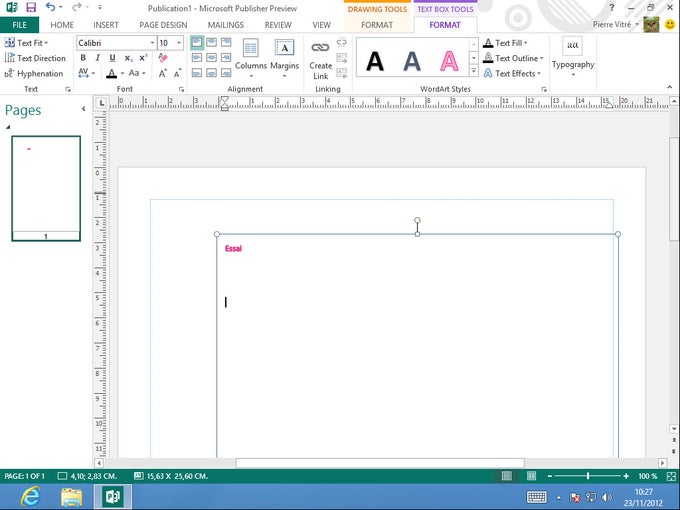

You’ll also be able to create sections in the same way you would in MS Word. Just like other desktop publishing apps, you’ll have the option to build Master Pages to assign different profiles to sections in your book. If you don’t select this, importing your contents will be a pain. This will build a text frame into every page.

Last one, and this is possibly the most important check the box Automatic Text Frames. Be sure to use the finish size here and select the Bleeds tab to include bleeds. Scribus includes some preset page sizes, but you can always customize.

Making A Bookīefore you create your book, you’ll want to adjust some settings and get familiar with the layout. The downside is that you’re limited to the wiki page for how-to information and the interface is more cumbersome to navigate. So what you have is desktop publishing software that will do everything InDesign can (for a book) without having to pay anything. While the team that built Scribus strives for a user-friendly interface, it’s not perfect. Updates might take a long time to come out, and functionality might not be the best. That means it’s free but with that comes the caveat that those maintaining it are not getting paid. It’s a simple page layout tool built for all common operating systems and totally open source. Today we will look at creating a simple novel in Scribus and comparing it to other popular options. If you’ve never tried, or even heard of, Scribus then you are in the right place. Thinking about laying out your next book yourself but not sure you want to invest in InDesign or another paid tool? Try Scribus-it’s an open source alternative for page layout.


 0 kommentar(er)
0 kommentar(er)
